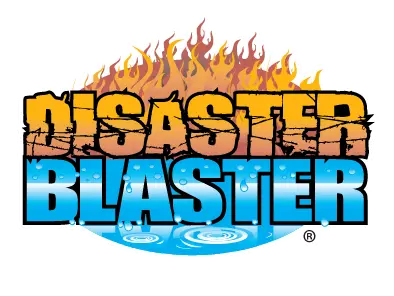
Radon is caused by the natural breakdown of Uranium in soil and water, which then seeps into homes through cracks in the foundation. While Radon can be found across the country, it is particularly common in Northeastern PA, with 1 in every 2.5 homes having higher than acceptable Radon levels. Due to the prevalence of Radon in this area, and its ability to read high in one home while the one next door is within acceptable levels, it is recommended that homes be tested and high Radon levels be resolved. While it is strongly recommended that homes be tested for Radon as part of a realty transaction, periodic testing should be conducted as Radon levels may change over time or be impacted by changes in geology or nearby construction.
What should you know about Radon Testing?
Being undetectable by sight, smell, or taste, a Radon Test is required to determine the Radon level in a home or business. As Radon can be found everywhere, the DEP considers under 4.0 pCi/L (picocuries per liter of air) to be an acceptable level. When having a Radon test performed, should your results be 4.0 pCi/L or higher, it is recommended that you have a mitigation system installed to reduce this level. As the Radon level of a property can change over time, the DEP recommends that those with tests between 2.0 pCi/L and 4.0 pCi/L monitor their Radon levels with occasional Radon tests to ensure this level does not meet or exceed 4.0 pCi/L. In the State of Pennsylvania Radon Testers are required to be licensed with the state. In an effort to assist the public with finding a Radon Tester, the Pennsylvania DEP maintains a List of Licensed Radon Testers on their website. It is generally considered a conflict of interest for a Licensed Radon Mitigation company to also perform the Radon Testing, and recommended to have a separate firm install the Mitigation System should you have higher than acceptable Radon Levels. Disaster Blaster is proud to be a Licensed Radon Mitigation Company (License #: 2848) in the state of Pennsylvania, and does not perform our own testing.
So you need a Radon Mitigation System?

The important thing to keep in mind when a Radon Test comes back above 4.0 pCi/L is that it can be fixed. A qualified and properly licensed Radon Mitigation Company can seal cracks that presently allow Radon gas to enter your home and install a Radon Mitigation System that vents the Radon gas above the roof line and away from living spaces. As with Radon Testers, The State of Pennsylvania requires Radon Mitigation Companies to be licensed with the state, and maintains a List of Licensed Radon Mitigators on their website. Once a Radon Mitigation System has been successfully installed, an additional Radon Test is required to ensure that the system is functioning properly and adequate for the space. In some cases, depending on the condition of the substrate and slab, additional suction points or higher powered fans may be necessary in order to reduce the Radon level to below 4.0 pCi/L. As the purpose of Radon testing is to ensure that the Mitigation System is adequate and functioning properly, it is recommended to have testing performed by an independent Radon Tester, rather than the Radon Mitigator.
But I have a Passive Radon System already?
In the State of Pennsylvania, contractors installing Passive Radon Systems are not required to be licensed or attain any specialized training. This often results in Passive Systems being installed improperly, and subsequently can not be relied upon to control a Radon issue. Due to the many unknowns and the likelihood of a Passive System being installed inadequately, it is generally not possible to hook into an existing Passive Radon System. As with homes that do not have a Passive Radon System; it is recommended to have a Radon Test completed to ensure that the Radon level is within an acceptable range.
But should this prevent me from buying this house?
Not at all. Radon is certainly a hazard that you want to address, but it is not something that should kill a real estate deal. A Radon Mitigation system can be installed, and often installation takes less than a day, bringing your Radon level below 4.0 pCi/L. Disaster Blaster is pleased to offer many options when choosing a Radon Mitigation System, and will design a custom solution for your property.
I got a Radon Mitigation System installed. Now what?
Now that a Radon Mitigation System has been installed, it will continue to run non stop to vent the Radon gas out of your home and away from living spaces. While it is recommended to perform a Radon Test every 2 years to ensure that the Radon level has not increased due to changes in geology or nearby construction, barring any increases in the Radon level, nothing will need to be done.
Disaster Blaster is proud to offer Radon Mitigation services, and happy to prepare a custom solution for your property. Should you have a Radon problem, or are concerned about the need for a Radon Mitigation System, please don’t hesitate to Contact your local Disaster Blaster office!
Interested in older news stories? Please see our Archive.

